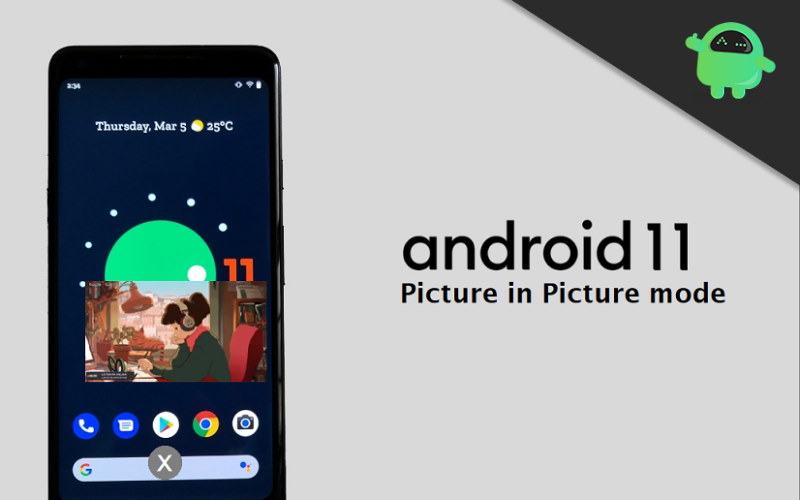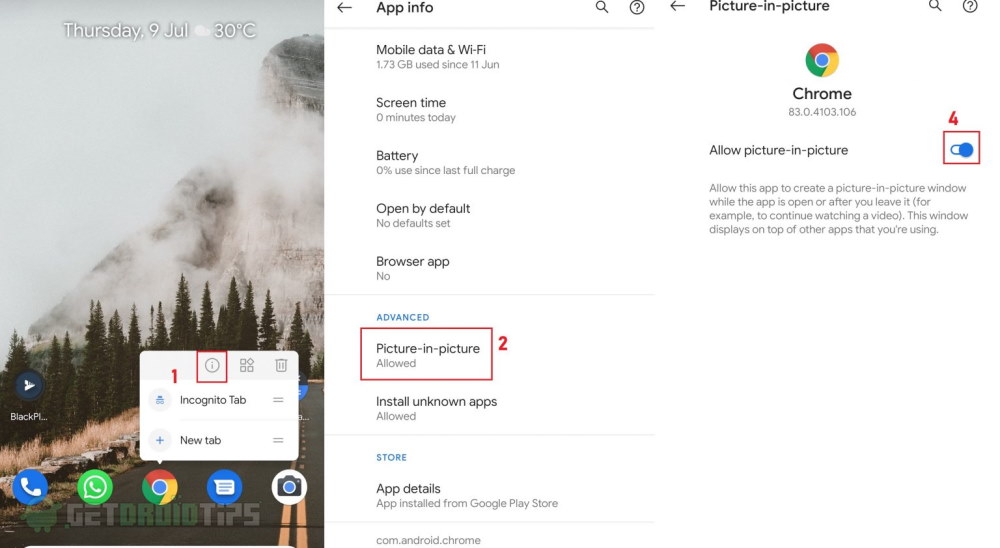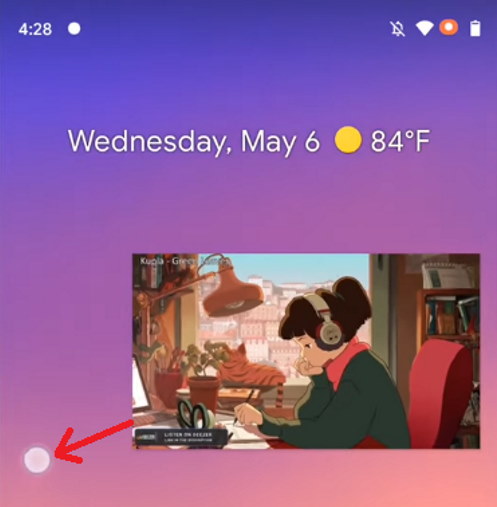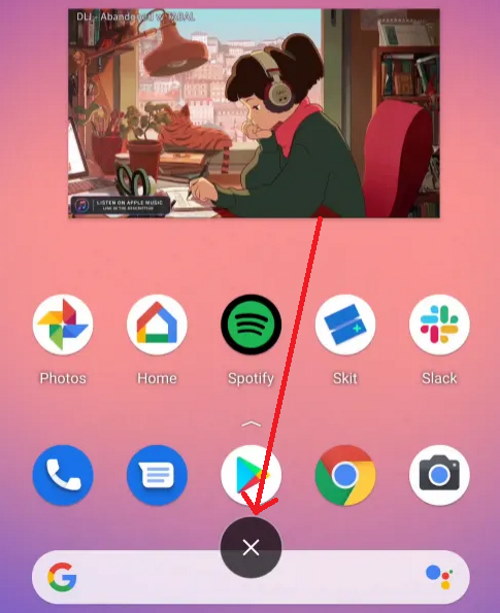Android is a mature operating system that has evolved a lot from the beginning. Back in the days, a newer version for Android meant a huge upgrade in visuals and features. But it’s not the case for now. There are some minor improvements and addition to the features here and there. One such improvement on feature is the new Android 11 Picture in Picture mode. Although it has been there from Oreo, the newer one comes with interesting features. So in this article, we are about to elaborate on them.
Android’s latest version, the Android 11, started rolling out in developer preview builds for pixel phones. However, we can expect many other devices like the OnePlus and Mi 10 to get the beta versions anytime soon. For now, we can test them only on Pixel devices. Android stopped code names with alphabetic order from android 10. Hence the name for the newer operating system is “Android 11” straight away. Now the new Android 11 has some major features about the floating window or more known as the picture in picture mode.

Page Contents
What is Android 11 Picture in Picture Mode
Picture in Picture mode allows you to watch and enjoy your media content (videos) on any screen without stopping them. The media gets minimized to a small tab and overlays above the current screen you are working with. Hence this enables a new level of multitasking. The feature works almost on all devices running Android Oreo and above. You can place it anywhere you want, but it cannot be resized on Oreo, Pie, or even Android 10 devices.
Resizing
On Devices running Android 10 and below, you cannot resize the Picture in picture overlay. But with android 11, you can resize the overlay to fit our requirements. Since we are at the beta stage of the operating system, things are not perfect. But we can hope them to be fixed by the stable release.
New Dismiss icon
On the previous version, closing or dismissing the overlay will require us to drag the overlay onto the bottom where it says “Drag down and drop to Dismiss”. But instead of that shadowed space, we are getting a small bubble with an X mark. Dragging the overlay onto the bubble will dismiss the overlay.
How to activate Picture in Picture Mode in Android 11
To enable picture in picture mode for any app,
- Go to Settings and open Apps & Notifications
- Tap on the app for which you would like to enable Picture in Picture mode. Alternatively, you can long-press on the app’s icon and tap on app info.
- Scroll down to advanced options and tap on “Picture in Picture” and set it to enabled by the toggle switch.

Launching the Picture in Picture in Android 11
Open any app say, Chrome, and load up a media page like youtube and hit the home button. Now the media will start to play in the PIP mode. This function mostly works for video media files. This also will work for youtube app and other streaming services like Amazon Prime or Netflix. But youtube requires youtube premium service in order to play Music videos outside the app.
Resizing the Pop-out
As mentioned above, the new feature in the PIP view is the ability to resize. So in order to resize a PIP window:
- Send the media to the PIP window using the home key.
- Position the window to the corner and try to touch the border of the window.
- Once you caught the corner, drag it to the other end to expand it.
- For reducing drag inwards.

Dismissing the Pop-out
To dismiss or close the pop-out,
- Touch and hold the pop out.
- Drag to the bubble icon located at the bottom of the screen.
- Alternatively, you can tap on the pop-out and click on the X symbol to close the window.

Conclusion
So, these were the ways by which you can enable and use the PIP mode on your android 11 devices. But mostly that feature comes enabled by default. If not, you can use the mentioned steps to enable them manually. Also, you can use the method to disable the same if you don’t want the feature. Even though its a bit of buggy for now due to the beta stage, we can expect a fix in the upcoming stable release of Android 11. For now, let’s hope that the feature stays.
- Xiaomi Mi A2 Android 11 (Android R) Update Status: What We Know
- Download Android 11 Custom ROM for any device
- How to Enable Picture-In-Picture Mode in Android Oreo
- How to Install Android 11 Developer Preview on Android TV Box
- Lineage OS 18: Downloads, Release Date, Supported devices and Features
- MIUI 13: Downloads, Release Date, Features, and What We Can Expect?
